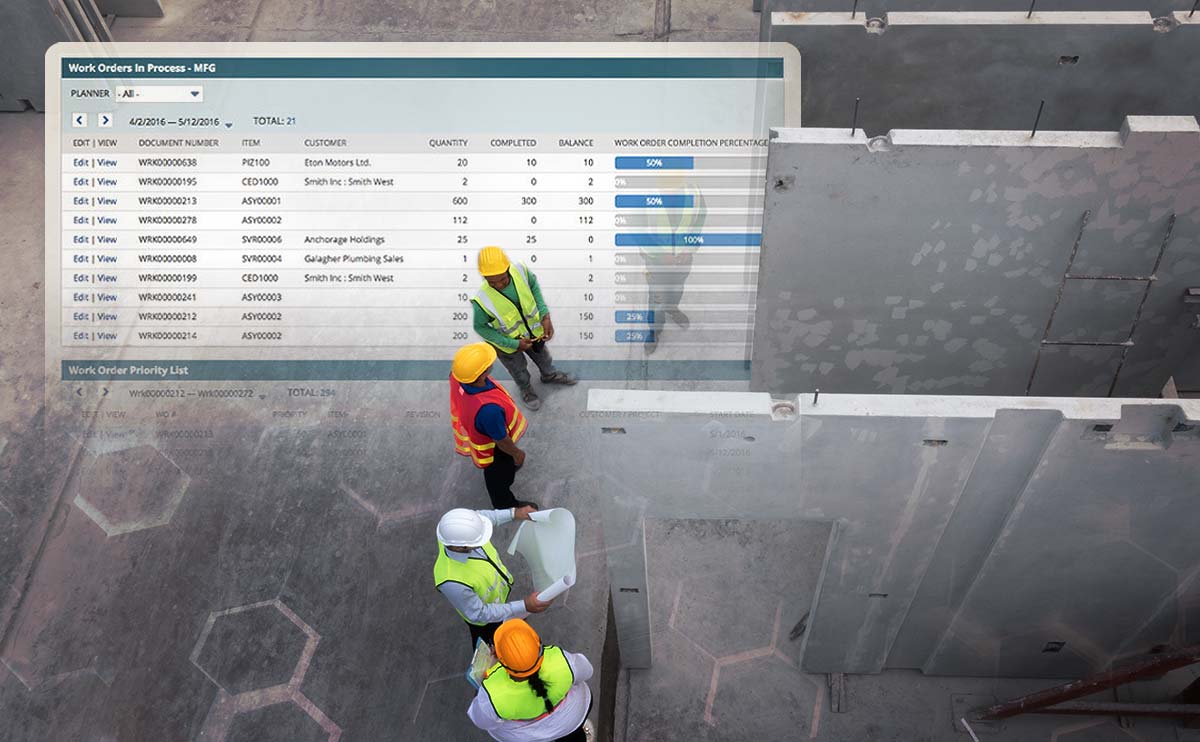Seize Distribution Opportunities
The downfall of wholesale distribution has been highly exaggerated in recent years. Yes, manufacturers have more opportunities nowadays to sell directly to consumers, but there are two main reasons why distributors are needed now more than ever. Manufacturers’ supply chains often lack the scale, sophistication, and efficiency that most distributors possess, and reaching similar levels would incur major ongoing costs. Secondly, the direct-to-consumer model can cannibalise sales from channels that rely on wholesale distribution. For distributors, it’s all about seizing the opportunities in place in order to respond to consumer expectations with greater efficiency and agility.
Reducing Inventory and Operating Costs
To keep up with (and keep profiting from) changes in consumer demand, inventories must be low and operating costs need to be stable. This involves streamlining processes, automating systems, and doing whatever you can to minimise costs and delays. By using the right platform for your business, you can manage the growing complexities of wholesale distribution that manual methods simply cannot, and coordinate the three main areas of operation: inventory, deliverability and profitability.
Consumer Demand Changes Quickly
Consumers switch between products and brands. The quicker they do this, the more agile distributors must be at adjusting their inventories. Challenging and demanding, this cycle can be damaging to those who fail to align their supplies with demand. If stock is too low, sudden peaks in demand can mean that customers will go elsewhere. 41% of consumers in Australia say they would turn to overseas merchants if stock is unavailable locally.
Take a Lean Approach
Inaccurate orders and inefficient inventory utilisation can start to erode business margins and damage the ability to cater to abrupt shift in demand. Similarly, unused warehouse space or slow picking processes can further hinder distributors from promptly responding to consumers. Ultimately, these issues stem from lack of visibility into supply chain. If distributors can’t see the demand that products are experiencing, they’ll be in danger of taking a reactive stance which leaves little to no opportunity to operate in the agile, predictive way that manufacturers and supply chains need to grow sustainably.
NetSuite Inventory Management Software
Distributors need a system that comprehensively manages as many supply chain touch points as possible, but provides real-time data in a form that can easily be deciphered and converted to action. This is where cloud-based systems really excel, offering a platform for future growth and providing an integrated view of inventory movements throughout the supply chain all the way through to post-sales interactions. A key feature of NetSuite ERP is that it identifies “blind spots” in a distributor’s inventory; whether it’s the utilisation of actual inventory or planning for future demand. The better equipped that distributors are to predict future consumer expectations, the leaner and more agile their inventories will be. For more information, download the white paper below or get in touch with an expert.





